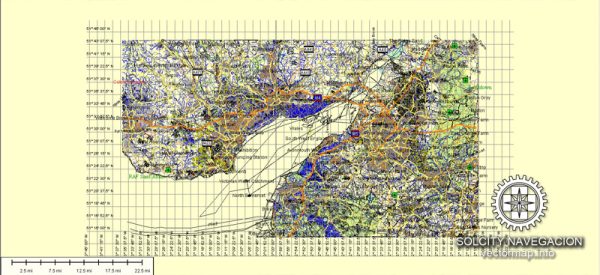The history of urban development in Cardiff, Newport, Bristol, and Bath in the UK is rich and diverse, with each city having its own unique story and character. Here’s a brief overview of the urban development history of each of these cities:
- Cardiff:
- Cardiff, the capital of Wales, has a history that dates back to Roman times when a fort called “Cardiff Castle” was established. Over the centuries, it remained a small market town until the 19th century when the coal industry boomed, leading to rapid industrialization and population growth.
- The construction of docks and railways in the 19th century turned Cardiff into a major port city, exporting coal to the world. As a result, the city expanded rapidly, and its urban infrastructure developed to accommodate the growing population.
- In the 20th century, the decline of the coal industry had a significant impact on the city, but it has since transformed into a vibrant capital with a diverse economy, modern infrastructure, and a focus on cultural and economic regeneration.
- Newport:
- Newport, located in southeast Wales, has a history closely tied to its strategic location along the River Usk. It has been a center for trade and commerce since medieval times.
- The 19th century brought significant industrial development, particularly in the iron and coal industries, leading to the growth of the city’s urban infrastructure. The construction of the Newport Docks further boosted the city’s importance as a transportation hub.
- In the 20th century, Newport faced economic challenges due to deindustrialization, but efforts have been made to revitalize the city, including urban regeneration projects and the construction of the Newport Transporter Bridge, which is now a UNESCO World Heritage Site.
- Bristol:
- Bristol, located in the southwest of England, has a history dating back to the Roman era. It prospered as a trading port in the Middle Ages and played a significant role in the transatlantic slave trade during the 18th century.
- The city underwent major urban development during the Industrial Revolution, with the construction of docks, canals, and the Clifton Suspension Bridge. The legacy of this period is still visible in the city’s architecture.
- In the 20th century, Bristol continued to grow and adapt, expanding its urban infrastructure and diversifying its economy. It is known for its aerospace and technology industries, and it has a vibrant cultural scene.
- Bath:
- Bath, in the southwest of England, has a history that dates back to Roman times when it was known for its Roman baths and impressive architecture.
- During the Georgian era in the 18th century, Bath experienced a significant period of urban development, with the construction of elegant Georgian buildings and the establishment of Bath as a fashionable spa town.
- The city’s historic architecture and urban layout have been well-preserved, leading to its designation as a UNESCO World Heritage Site. Today, Bath is renowned for its architectural and cultural heritage.
These four cities have unique urban development stories shaped by their historical, economic, and geographic factors. While they all have faced different challenges and changes over the centuries, they continue to evolve and adapt, offering a glimpse into the rich history of urban development in the UK.


 Author: Kirill Shrayber, Ph.D.
Author: Kirill Shrayber, Ph.D.